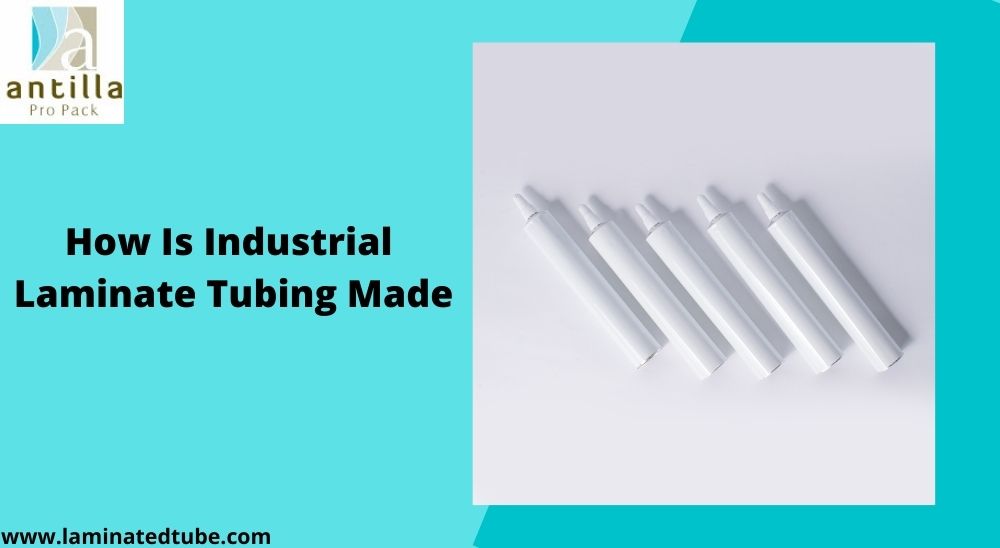
There is not any other industry requesting higher adaptability underway than the laminate tubing. The market of consistent restorative tubes today offers splendid plans of tubes. It also anticipates high adaptability from the laminated tubes manufacturer in India and their administrators. The primary explanation is the tube configuration changes regularly to be unique and appealing.
What is laminating?
Laminate is one of the crude materials used to make tubes. In this interaction, the film and thwarts meld to shape a 5-layer cover—the film stacks on one un-winder and the foil on the other. Expelled polyethylene is passed between the layers to tie the two layers, which are then combined.
The three-layer cover accordingly acquired is then bound with the inward layer (food grade film), bringing about a 5-layered overlay. The film, nylon, and foil covers sent by expulsion overlay and mono and multi-facet PE films, nylon obstructions, and aluminum foil give the structure and basic design of the covered film.
The high-hindrance properties of overlay tubes convey by joining the dainty aluminum foil layer in the multi-facet polyethylene cover tube body. For extra security of the item, either a roundel or obstruction liner can hinder by remembering it for the tube shoulder. This interaction guarantees high dependability and gives obstruction properties legal to drug items.
The Process of Laminating Tubes
In the tube-making step, the printed web stock is unrolled and constantly took care of through shaping moves, which delicately transform the level material and structure it into a chamber of various distances across relying upon the end client’s necessities. The warmth produced by high recurrence intertwines the sides of the material together to shape a long round and hollow sleeve or cylinder.
A few diverse heading strategies are conceivable, relying upon the production machine utilized to make tubes. There are three fundamental prospects to make the shoulders – shoulders made by in-line infusion or pressure trim of the shoulder or by presenting a preformed shoulder delivered in a different, disconnected activity.
After shaping the total cylinder, it goes to the covering station, where the conclusion is applied. The cap is used and twisted to the ideal forcing necessities. The cylinder is then shot out onto a transport and taken to a pressing activity where it is stuffed into a container and is made ready for loading up with an item at the client’s site.
Overlay cylinders can have a boundary layer of aluminum, plastic, or clay. The most widely recognized cylinders can either be Aluminum Barrier Laminate (ABL) or Plastic Barrier Laminate (PBL), contingent upon the materials utilized in the development of the cylinders.
For ABL, aluminum foil in thickness of 9µ to 30µ is ordinarily preferable. PBL tubes are mainly plastic and can incorporate a boundary layer without a particular obstruction.
Conclusion
Overlay tubes consolidate the valuable properties of various materials. Laminate tubes have incredible boundary impact to ensure the substance and top-of-the-line print quality utilizing basically all printing strategies to create bundles with stylish allure. Furthermore, you will find highly experience Laminate tube manufacturers in India.
Read More : Covid Impacts on Laminated Toothpaste Packaging
